Early Years
William Thomas Grant was born in Stevensville, PA, and raised in Fall River, MA.
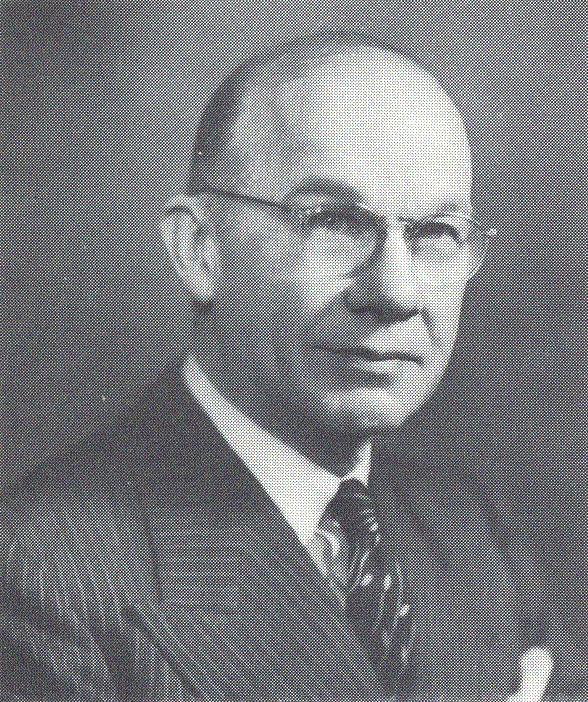
The first W.T. Grant store opened. The chain grew to 1,100 stores across the nation.


The Grant Foundation was incorporated.
“What I have in mind is to assist, by some means, in helping people or peoples to live more contentedly and peacefully and well in body and mind through a better knowledge of how to use and enjoy all the good things that the world has to offer them”
The Foundation funded its first major initiative, the Grant Study of Adult Development at Harvard University. This groundbreaking study of human development followed some of the original subjects for more than 75 years.

The Foundation granted awards to improve opportunities for Black students, including longstanding support for the United Negro College Fund and National Medical Fellowships.

1950s
The Foundation provided early support for Dr. Benjamin Spock’s studies of child-rearing.
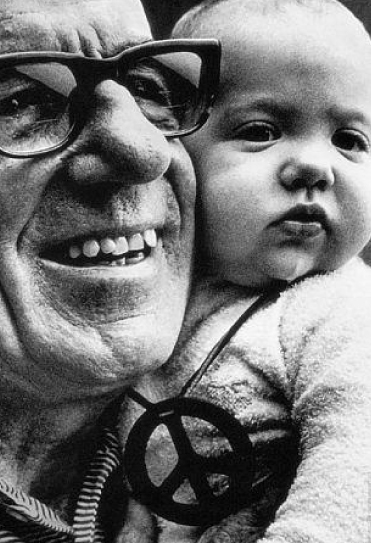
The Foundation supported the work of psychologists John Bowlby, Margaret Mahler, and Mary Ainsworth, who introduced theories of parent-infant attachment and early social-emotional development into the field of child mental health and development.


The Foundation provided support to Hampstead Clinic in London, then under the direction of Anna Freud.
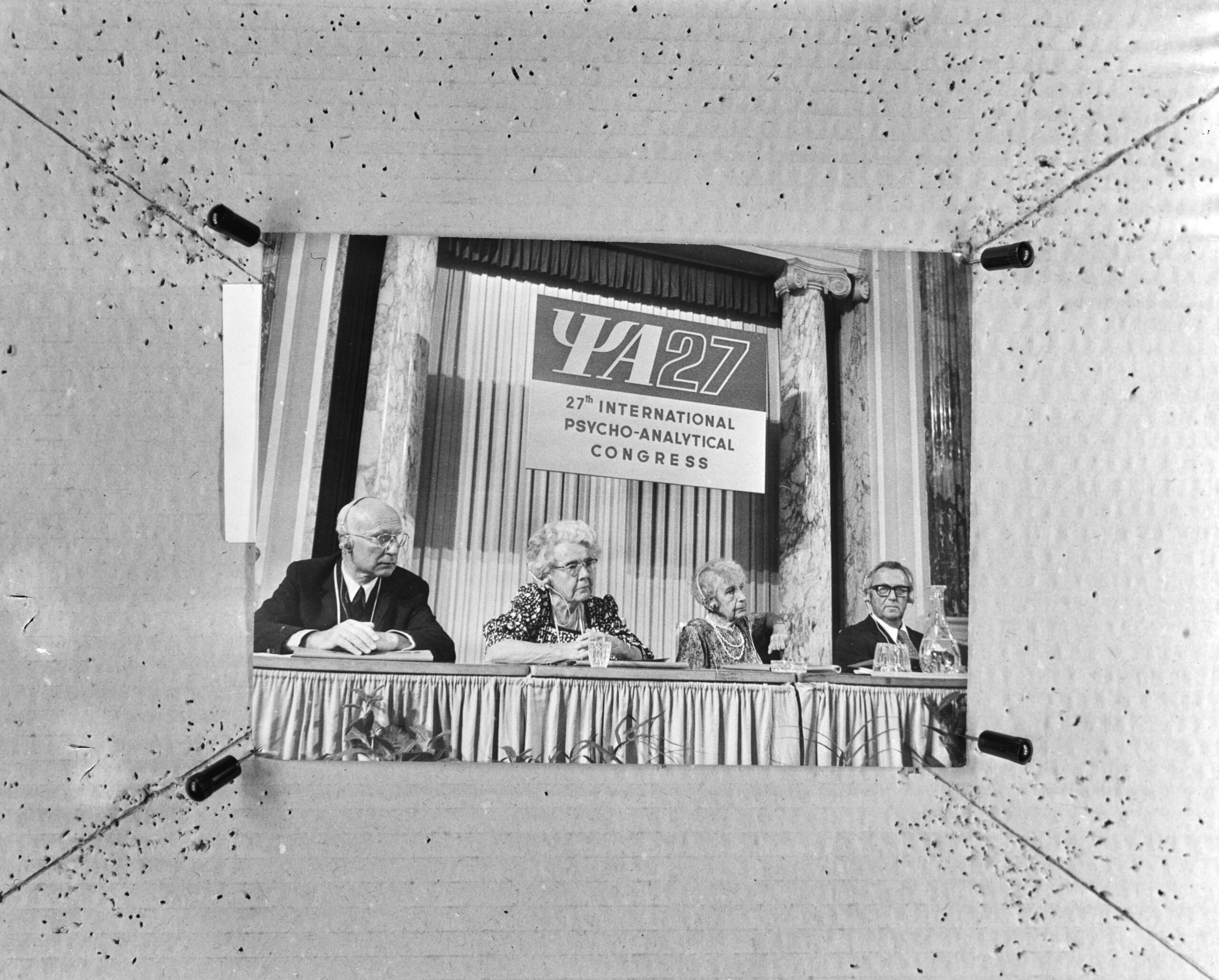
1960s
The Foundation began to support research relating to daycare and preschool education.

Douglas D. Bond, M.D., succeeded William T. Grant as president of The Foundation.
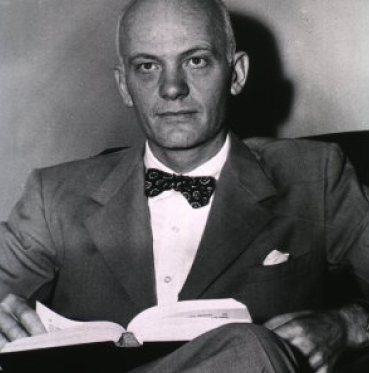
The Foundation supported the first industry-sponsored daycare facility for children of employees of the KLH Corporation in Cambridge, MA.

1970s
William T. Grant died at the age of 96.
The Foundation was instrumental in the creation of the child advocacy group,Children’s Defense Fund. The Foundation’s support of the Mental Health Law Project resulted in a more humane system for treating the mentally ill and the rights of all children to receive an appropriate education.

The Foundation’s support of the Mental Health Law Project resulted in a more humane system for treating the mentally ill and the rights of all children to receive an appropriate education.

Jane Goodall, David Hamburg, and Harry Harlow received support for their studies of primates, thought to be relevant to human psychology and social behavior.


Philip Sepir, former assistant dean at Albert Einstein College of Medicine, was selected as president.
The Grant Foundation changed its name to the William T. Grant Foundation.

1980s
Robert Haggerty, M.D., began his 12 year tenure as president. Under his leadership, the Foundation supported research on how school-age children cope with stress.

The Foundation instituted the Faculty Scholars Program (now the William T. Grant Scholars) as a response to sharp cuts in federal funding of social science research.

The Foundation initiated the Commission on “Youth and America’s Future.” The Commission’s groundbreaking work became known asThe Forgotten Half, which put a spotlight on the plight of the fifty percent of the nation’s children who were not bound for college.

The Foundation publishes “The First Fifty Years: The William T. Grant Foundation, 1936-1986.”
1990s
Beatrix Hamburg, M.D., a psychiatrist who advanced the field of child and adolescent psychiatry, succeeded Dr. Haggerty as president. Dr. Hamburg, the Foundation’s first female president, was also the first African American woman to attend Yale School of Medicine.
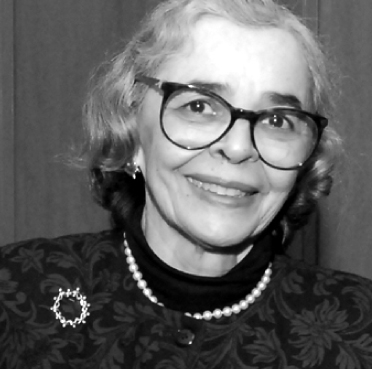
Dr. Hamburg directed Foundation support to focus on the prevention of youth violence and issues facing young people minoritized on the basis of race and ethnicity.

Karen Hein, M.D., a leading physician and health policy expert, began her tenure as president. Dr. Hein’s emphasis was on positive youth development and “helping the nation value young people as a resource.”
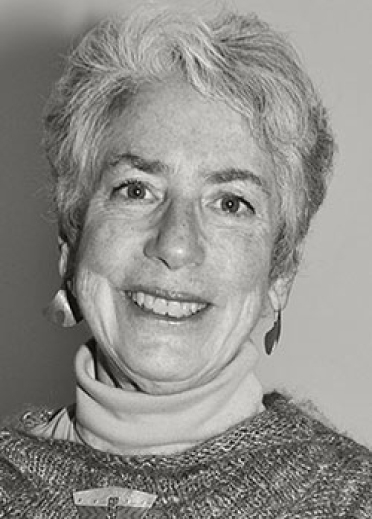
2000s
The Foundation celebrated its first 100 William T. Grant Scholars, 1982-2002.
Robert C. Granger,Ed.D., then the Foundation’s senior vice president for program and an expert in the evaluation of policies and programs affecting children and youth, was appointed president.
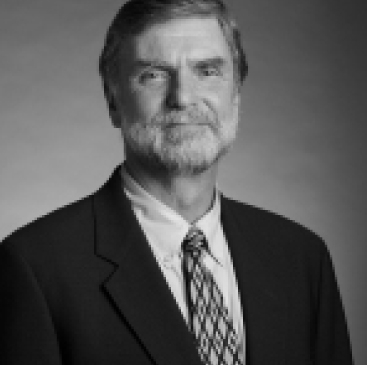
The Foundation supported the development of the Optimal Design Software, used by researchers for power calculations in cluster-randomized trials. The Foundation also established the Distinguished Fellows Program.

The Foundation established the Distinguished Fellows Program.
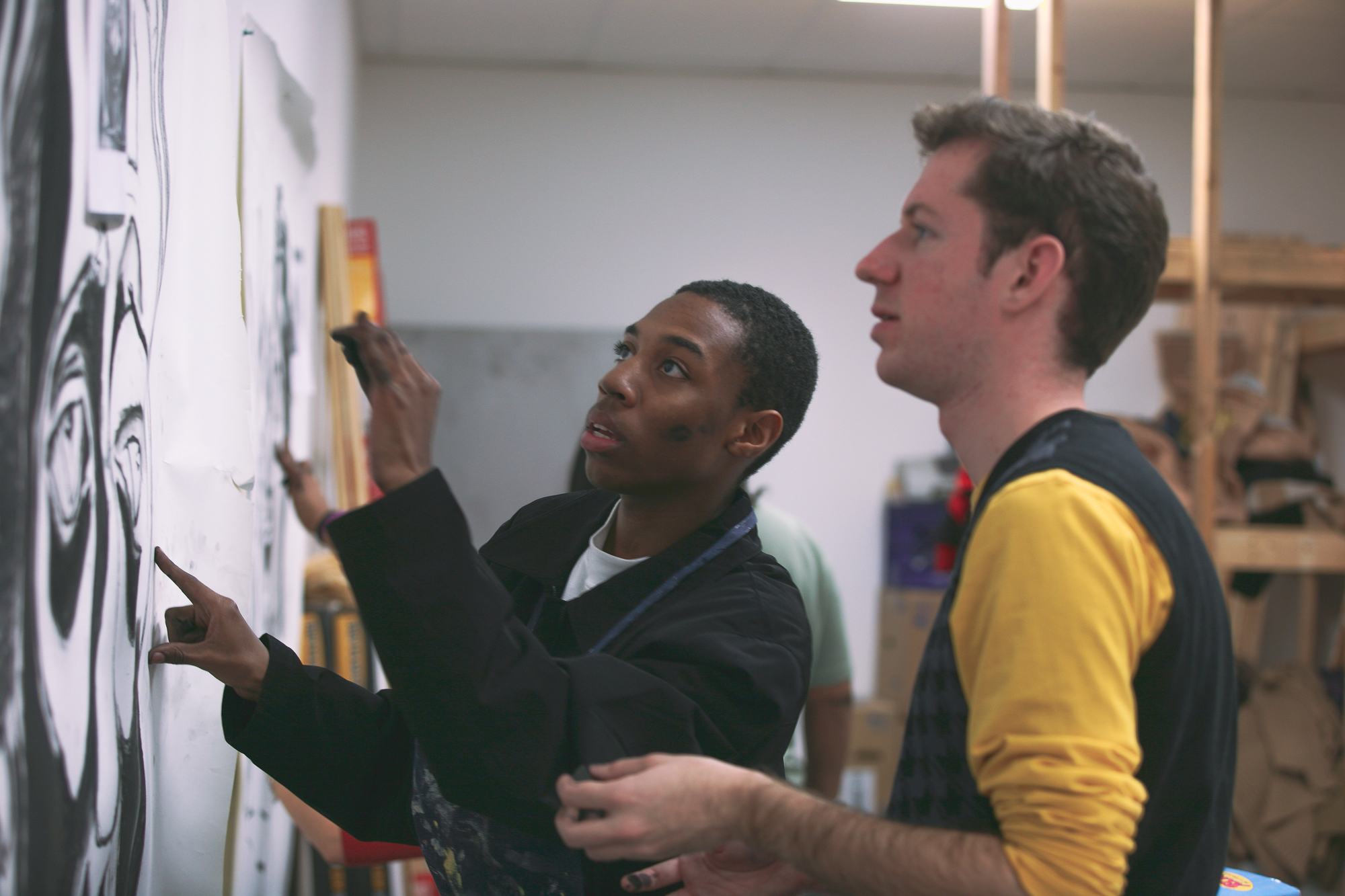
The Foundation established its Youth Service Improvement Grants (YSIG) which help community-based organizations in New York City strengthen their youth-oriented programs.

The Foundation launched a new focus area: Understanding the Acquisition, Interpretation, and Use of Research Evidence in Policy and Practice.
2010s
Adam Gamoran, Ph.D., formerly a professor of sociology at the University of Wisconsin-Madison and a renowned scholar of educational inequality, succeeded Dr. Granger as president.
The Foundation launched its newest focus area, in which it will support research on reducing inequality in the academic, behavioral, social, and economic outcomes of young people.
The Foundation announces a bold new direction in its focus areas, calling for research that identifies, creates, and tests strategies to improve the use of research evidence in ways that benefit youth.

